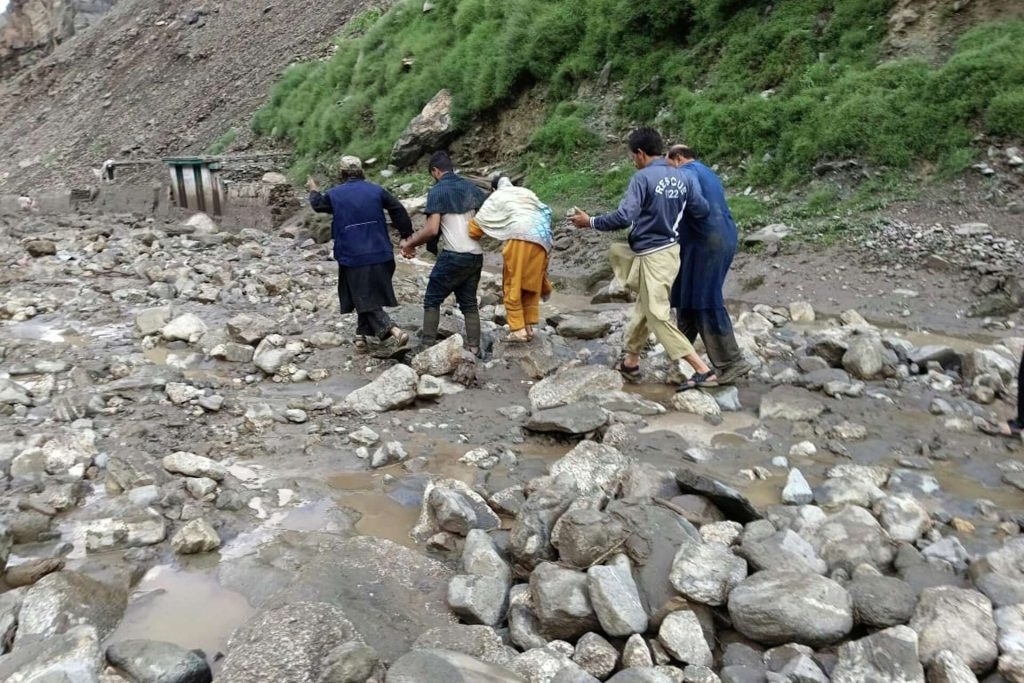

**Flash Floods in Gilgit-Baltistan Carry Away Over 30 Vehicles**
In a tragic development, the scenic area of Gilgit-Baltistan in northern Pakistan has experienced severe flash floods, leading to extensive damage and upheaval. The rapid and intense flooding has carried away more than 30 vehicles, raising alarm among local inhabitants and officials.
**The Effects of Flash Floods**
Flash floods in Gilgit-Baltistan are frequent due to the region’s distinctive topography and climate. The landscape is marked by its mountainous features, which, while stunning, are also susceptible to calamities such as landslides and floods. The latest flash floods were initiated by heavy rains, a typical occurrence during the monsoon period, which inundated local waterways and drainage systems.
The rushing waters swept through valleys and roadways, taking many by surprise. The strength of the floodwaters was sufficient to carry away vehicles, including cars and trucks, that were parked or traveling on the roads. This has resulted in considerable financial losses for the vehicle owners and has disrupted transportation and everyday life in the affected regions.
**Response and Recovery Efforts**
Local authorities and emergency services have acted swiftly to address the crisis. Rescue operations are ongoing to help those trapped by the floods and to recover vehicles that have been carried away. The government has activated resources to provide immediate assistance to the impacted communities, including food, shelter, and medical care.
The Pakistan Army and local disaster management teams are actively participating in the rescue initiatives. Helicopters have been dispatched to transport stranded individuals from isolated areas, and temporary shelters have been established for those displaced by the floods.
**Obstacles and Future Readiness**
The flash floods have revealed the challenges encountered by Gilgit-Baltistan regarding disaster readiness and infrastructure durability. The region’s isolated location and rugged landscape complicate the implementation of thorough flood prevention strategies. However, there is increasing awareness of the necessity for improved early warning systems and infrastructure enhancements to lessen the consequences of such natural catastrophes in the future.
Efforts are underway to bolster the region’s disaster management capabilities. This involves constructing improved drainage systems, reinforcing riverbanks, and forming community-based disaster response teams. Additionally, public education campaigns are being undertaken to inform residents about the risks posed by flash floods and the importance of readiness.
**Conclusion**
The flash floods in Gilgit-Baltistan stand as a poignant reminder of the susceptibility of mountainous areas to natural disasters. While the immediate priority is on rescue and relief operations, there is a pressing need for long-term strategies to strengthen the region’s resilience to such occurrences. By investing in infrastructure, early warning systems, and community readiness, Gilgit-Baltistan can better shield its residents and reduce the effects of future flash floods.






